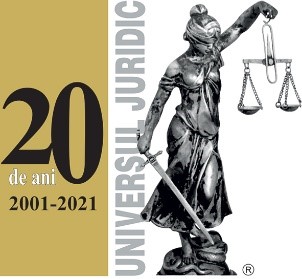Nr. 1 (2020): Civil Code: in search for third parties

There are almost 400 references to third parties in various texts of the Civil Code, which create as many normative contexts. In addition to these, there are those in which third parties are disguised, bearing other names, such as creditors and heirs (when the latter do not become parties). The most important normative context in which third parties appear is that of the effects of the contract, a context which extends to the effects of the legal act in general; this context also includes third-party beneficiaries. The broadest context, made up of legal rules which are found in many areas of the Civil Code, is that of enforceability, by reference to a legal act, a legal fact in the narrow sense, a legal relationship or a subjective right. The contracting third party or, in a narrower sense, the acquiring third party often appears, wearing either the veil of good faith or the veil of bad faith. Sometimes the third party is represented, sometimes it is representative. The third party is sometimes the victim and sometimes the payer. There are cases where the third party sees that his own property is the subject of contracts concluded by other persons. The third party may not only be a payer, but also a payer, and sometimes a guarantor. The third party can be assigned in a legal relationship. The third party may have a special power, determining the subject matter of the contract in general or the price in the contract of sale in particular. Precisely because the family of third parties is extremely diverse, some of them cannot be placed in a particular category, and remain entirely specific cases. After reviewing the texts and normative contexts in which third parties appear, one conclusion can be drawn: the logic of the general and the special remains alien to them; the only way in which the Civil Code has been able to civilise these savages has been to trap them in the web of meaning of each normative context.








